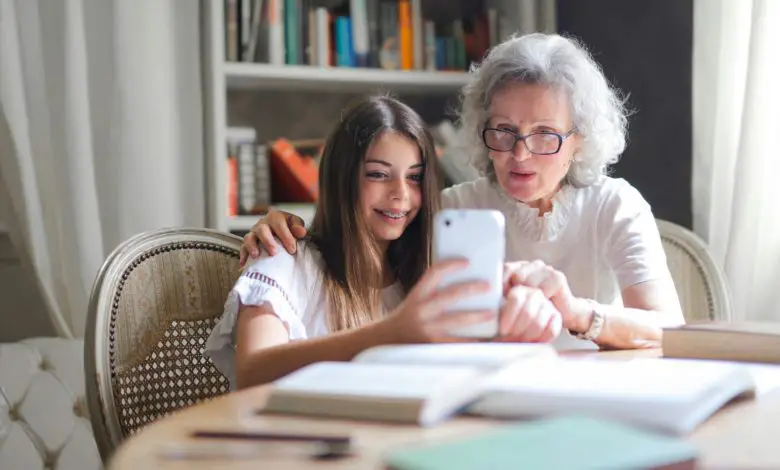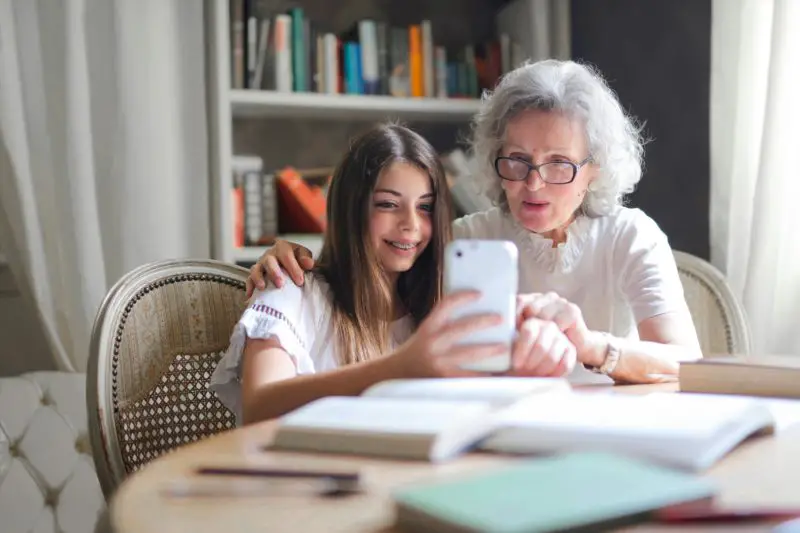
What Are the Benefits of 24/7 Monitoring?
Falls, asthma flare ups, low blood sugar, and seizures do not follow office hours. Support often needs to be ready at midnight, during a shower, or on a quiet afternoon when a helper has stepped out.
For people who live with disability or age related limits, wearable help that can call for aid is one practical step. A device such as a LifeAssure medical alert bracelet places a trained operator one button press away at any time. This kind of coverage matters to users and carers alike because emergencies are unpredictable and time sensitive.

Photo by Andrea Piacquadio
Why Around The Clock Monitoring Matters
The biggest benefit is simple, you can reach a trained person at any hour. A continuous monitoring center removes two weak points that many families face. Phones are not always nearby or charged, and not everyone can speak clearly under stress. A wearable button with two way voice helps bridge both issues. The user presses once, an operator answers, and a plan follows.
This matters in falls more than most events. The Centers for Disease Control and Prevention reports that one in four adults over 65 falls each year, and falls are a leading cause of injury and hospitalization in that age group. Early help can reduce time on the floor, lower the risk of dehydration, and speed treatment for fractures or head injury. The math is direct, faster response often means better outcomes for recovery and confidence afterward.
What Constant Coverage Looks Like Day To Day
Continuous monitoring is not only for red button moments. Many users point to the quiet benefits that build over weeks. They take a shower without rushing because the bracelet is water resistant. They step into the garden without worrying that the phone will lose signal in the kitchen. They sleep better knowing that if they feel chest pain or dizziness, help is one press away.
Caregivers notice the ripple effect. Short errands become less stressful. A son can take a work call, a neighbor can shop for groceries, and the user still has a direct line to trained staff. For people who want to live on their own terms, that steady, simple backup often matters as much as the emergency itself.
Features That Raise The Bar
Not all devices work the same, so it helps to break down the features that add real value to constant monitoring.
- Two way voice in the pendant or bracelet. This removes the need to find a base unit or phone. Clear audio both ways helps the operator understand the situation quickly.
- Fall detection. No system can detect every fall, but reliable sensors can auto trigger a call when they detect a fall like motion. This matters if the person is disoriented, stunned, or cannot press a button. Life Assure bracelets include optional fall detection, which can shorten the wait for help.
- Water resistance. Many falls happen in bathrooms where floors are slick and space is tight. A bracelet designed for shower use keeps support within reach during a high risk routine.
- GPS and mobile coverage for users on the move. For those who go to work, therapy, class, or the park, a mobile unit with reliable coverage makes the system useful beyond the front door.
- 24 hour, Canada wide monitoring. For Canadian users, staffing that runs all hours supports call handling without gaps for holidays or weekends. That continuity is the core value of monitoring.
These features do not replace good home safety, medication routines, or check ins. They add a safety net that works in the moments when plans fall short.
How Monitoring Supports Autonomy And Care Teams
A well run monitoring center does more than answer calls. It follows a script built around the user’s profile. That profile can include health conditions, preferred contacts, and entry details for responders. When a call comes in, the operator confirms location, checks for injury, and acts on the plan. That might mean contacting a neighbor, ringing a family member, or dispatching emergency services if the situation warrants it.
This process helps in two ways. First, it reduces the chance that a call for help gets lost between neighbors, relatives, and emergency services. Second, it builds a record of events. Over time, patterns in calls can guide changes to care plans. If a user presses for dizziness twice in a week, a clinician may want to review blood pressure or medication effects. The device is not a doctor, but the call history can be a useful prompt to ask better questions at the next visit.
For many families, monitoring also reduces caregiver strain. Knowing that trained operators can escalate when a call goes unanswered or when a user cannot speak takes pressure off loved ones to be on standby every hour. That can help people keep work, sleep, and health on a steadier footing.
Practical Checks Before You Choose
Focus on how the device will work in your daily routines, not just on a spec sheet. Start with these checks.
- Coverage and audio. Test the device in the places that matter most, bathroom, bedroom, garden, lift, and entrance. Make a few test calls at different times of day. Clear audio is vital.
- Fit and comfort. A device that feels bulky often ends up in a drawer. Choose a bracelet or pendant that feels natural and does not snag during dressing or wheelchair transfers.
- Battery and charging. Ask how long the battery lasts and how the device reminds the user to charge it. A charging stand on a bedside table is easier to manage than a cable that slips behind furniture.
- Fall detection limits. No fall sensor is perfect. Ask how the device handles false alarms, and how to cancel an alert if the user is fine. The goal is to strike a balance, prompt help without constant false calls.
- Response plan. Make sure the monitoring center has your contacts and preferences. If you prefer a neighbor first, then family, then emergency services, state that in writing. Review it after any hospital visit or major health change.
Takeaway
Choose a device you will actually wear, test it where you spend time, set a response plan that matches your routines, and review it after any health change. That simple checklist, paired with 24 hour monitoring, turns a small bracelet into steady backup for independent living.